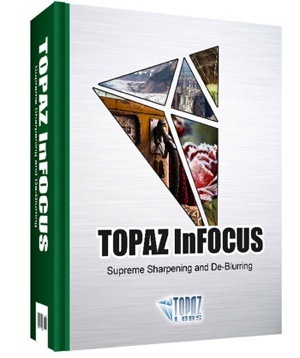InFocus effective but requires some finessing
By Daniel East
Topaz Labs’ (http://www.topazlabs.com) reputation for easy-to-use and effective plug-ins for Photoshop makes them a favorite developer for a lot of photographers and designers -- myself included -- but while their latest addition, InFocus (US$69.99), is great in theory, it requires more experience and finesse to produce the results in the same ways as its siblings.
The idea is simple: a plug-in that compensates and adjusts for motion and blur that causes some images to appear out of focus. To some degree, InFocus does that, but in spite of quick previewing, it’s easy to overuse the deblur and the sharpening tools. With a little practice, the deblur aspect of InFocus is its strongest suit.
Holding the Spacebar activates toggling between the preview and the original image. Even the best original may show some improvement with the deblur adjustment. The generic type seems to show the best improvement on clear test images, but it’s a judgment call for the user to determine how much is enough adjustment.
If the image is definitely out of focus, select that type of correction and start from the base settings for best results. With each adjustment, it’s a visual cue as to how much is just enough, and how much is too much. Underexposed images, where the issue is more one of noise, fare better with a different type of plug-in.
With proper use and a good eye, InFocus can be extremely effective. It’s great for large-sensor cameras and can make great improvements to images that may already seem sharp. Even with the simple interface, this isn’t a tool for novice users.
This is a product that requires users to “feel their way” through how much effect is enough through trial and error, but with a little patience, InFocus can be far more effective than the sharpening tools in Photoshop.
Rating: 7 out of 10
(This review is brought to you courtesy of "Layers Magazine": http://layersmagazine.com/).













